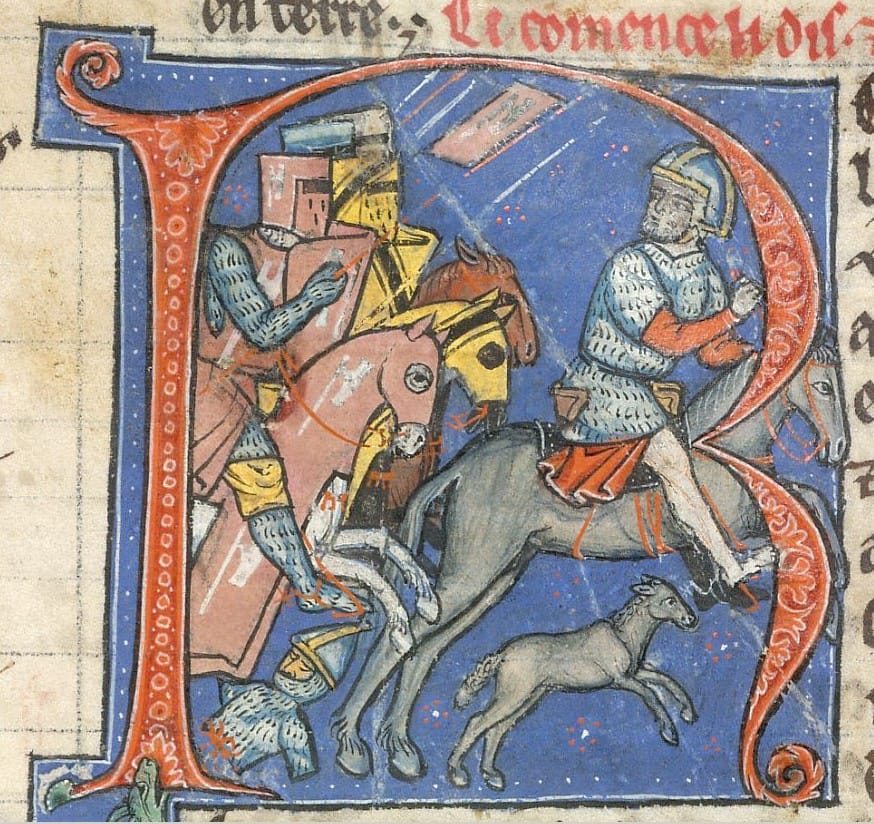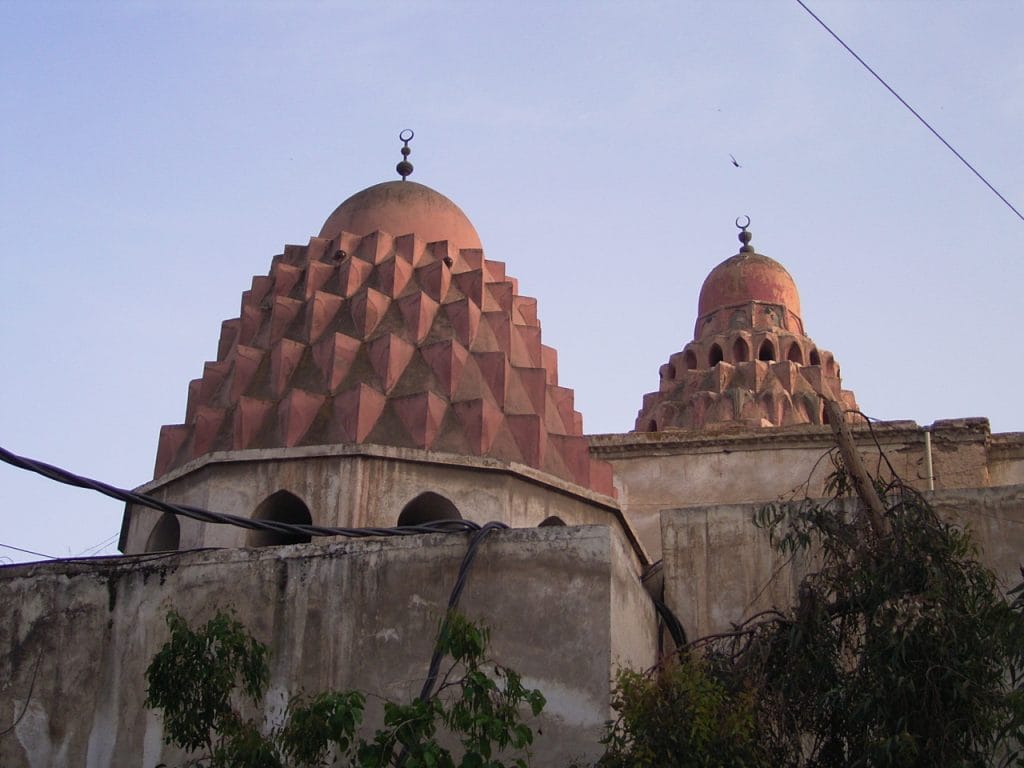The Battle of Harim: Nur ad-Din’s Triumph Over the Crusader States
Explore the decisive 1164 battle near Harim, Syria, where Nur ad-Din Zengi crushed a coalition of Crusader forces, shaping the course of medieval history.

The Battle of Harim: Nur ad-Din’s Decisive Victory in 1164
The Battle of Harim, fought on August 12, 1164, was a pivotal clash between the forces of Nur ad-Din Zengi, one of the most formidable leaders of the Muslim world during the Crusades, and a combined army from the County of Tripoli, the Principality of Antioch, the Byzantine Empire, and Armenia. This battle, set near the fortress town of Harim in modern-day Syria, ended in a resounding victory for Nur ad-Din, shaping the balance of power in the region for years to come.
Prelude to the Battle
By the mid-12th century, the Crusader states, established during the First Crusade, were facing increasing pressure from Muslim forces in the region. Nur ad-Din, the ruler of Aleppo and later Damascus, emerged as a unifying figure among the Muslim principalities, determined to resist the Crusaders and reclaim territories under their control.
In 1164, Nur ad-Din laid siege to the strategically important fortress of Harim, which was held by the Crusaders. The location of Harim was critical, as it lay on the border between Muslim and Crusader territories, controlling access to northern Syria.
Recognizing the threat Nur ad-Din posed, the Crusader leaders of the surrounding regions formed a coalition to confront him. This alliance included:
- Bohemond III, the Prince of Antioch
- Raymond III, the Count of Tripoli
- Byzantine forces sent by Emperor Manuel I Komnenos
- Armenian contingents led by local lords
The combined army represented a formidable force, but their disunity and overconfidence would prove to be their undoing.

The Battle Unfolds
The coalition forces marched to relieve the besieged fortress of Harim. Initially, their numerical superiority gave them confidence, and they sought to engage Nur ad-Din’s forces in open battle. However, Nur ad-Din, a master strategist, lured them into a trap.
Feigning retreat, Nur ad-Din’s forces drew the Crusader army into a vulnerable position near the Orontes River. As the Crusaders pursued, they found themselves caught in a carefully planned ambush. Nur ad-Din’s troops turned and attacked with devastating precision, using superior cavalry tactics and their knowledge of the terrain to overwhelm the disorganized Crusader forces.
The battle quickly turned into a rout. The coalition army was annihilated, and most of its leaders were captured, including:
- Bohemond III, Prince of Antioch
- Raymond III, Count of Tripoli
- Several other prominent Crusader nobles and commanders
Nur ad-Din spared their lives but held them for ransom, a common practice in medieval warfare that further weakened the Crusader states economically and politically.
Aftermath and Historical Significance
The Battle of Harim was a crushing blow to the Crusader states. The loss of their leaders and a significant portion of their army left them vulnerable to further Muslim advances. Nur ad-Din capitalized on his victory by consolidating his control over northern Syria, strengthening his position as the most powerful Muslim leader of the time.
This battle also marked a turning point in the Crusades. It demonstrated the growing unity and military capability of the Muslim forces under leaders like Nur ad-Din, who would lay the groundwork for the eventual rise of Salah ad-Din (Saladin).
For the Crusader states, Harim was a stark reminder of their precarious position in the Levant. Although they managed to hold on to some territories, their strength and morale were significantly weakened, paving the way for future Muslim victories in the region.
Legacy of the Battle of Harim
The Battle of Harim remains a key episode in the history of the Crusades, highlighting the strategic brilliance of Nur ad-Din and the vulnerabilities of the fragmented Crusader alliances. It also underscored the shifting power dynamics in the region, as the Muslim forces grew increasingly unified and determined to reclaim their lands.
Today, the site of Harim stands as a testament to this historic clash, a reminder of the enduring struggle for control over one of the most contested regions in medieval history.
A detailed Wikipedia page about the Battle of Harim.





